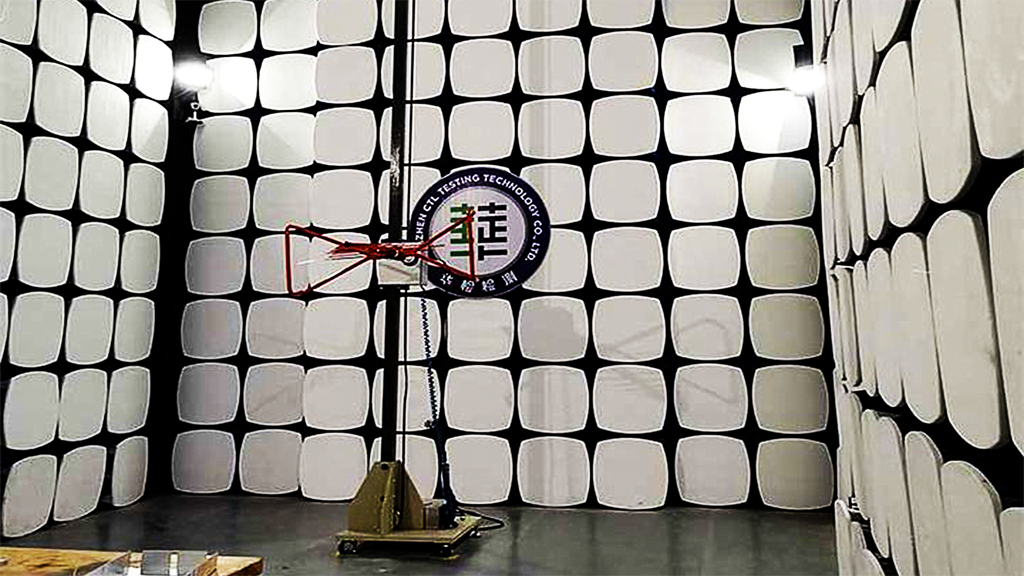What is EMC test? - idisplayled supplier
EMC Test is including:
1. conducted interference voltage
2. radiation field strength
3. interference power
4. antenna terminal interferes with telephone
5. harmonic current
6. fluctuation voltage
7. RF interference voltage
8. low frequency magnetic field
9. high frequency magnetic field
10. continuous interference
11. static electricity
12. transient pulse
13. RF continuous wave
14. continuous wave conduction interference
15. power frequency magnetic field
16. pulse
17. power voltage transients
 Audited supplier
Audited supplierEMC electromagnetic compatibility refers to the ability that the equipment or system can meet the requirements in the electromagnetic environment
and does not produce unbearable electromagnetic interference to any equipment in the environment.

1、 Overview of EMC directive definition
EMC is the abbreviation of electrical compatibility. The definition of EMC in the International Electrotechnical Commission (IEC) standard refers to the ability
that the equipment or system can meet the requirements in the electromagnetic environment and does not produce unbearable electromagnetic
interference to any equipment in the environment. Among them, EMC includes EMI (electromagnetic interference) and EMS (electromagnetic immunity).
EMI means that the electromagnetic interference generated by the equipment in the normal operation process can not exceed a certain limit;
EMS means that the equipment has a certain degree of immunity to the electromagnetic interference in the environment, that is, electromagnetic sensitivity.
In order to standardize the management of electromagnetic compatibility of electrical equipment in EU Member States,
it is necessary for EU Member States to coordinate the laws and regulations on electromagnetic compatibility. 89 / 336 / EEC Electromagnetic Compatibility
Directive was issued on May 1, 1989 and implemented compulsorily on January 1, 1996. At present, the current directive is 2014 / 30 / EU.
2、 Similarities and differences between EMI and EMS in EMC directive
1. EMC includes EMI (interference) and EMS (susceptibility), namely electromagnetic interference and electromagnetic immunity.
2. EMI refers to the degree of electromagnetic interference, which describes the degree of electromagnetic radiation interference of a product to other products and whether it will affect the normal operation of its surrounding environment or other electronic and electrical products in the same electrical environment; EMI also includes conduction interference (CE), radiation interference (RE) and harmonic.
3. EMS, electromagnetic immunity, describes whether an electronic or electrical product will be affected by the interference of its surrounding environment
or other electronic or electrical products in the same electrical environment. EMS also includes electrostatic immunity (ESD), radio frequency immunity (EFT),
electrical fast transient immunity, surge immunity, voltage sag immunity (DIP) and other related items.
3、 Technical requirements of EMC directive
EMC EMC directive in the EU CE certification requires that all electronic and electrical products and equipment equipped with electronic and
electrical components should not emit electromagnetic waves beyond the specified limits, so as not to interfere with the normal operation of other equipment;
at the same time, it must have a certain anti-interference ability, so that the products can operate normally under normal conditions.
EMC Test is including:
1. conducted interference voltage
2. radiation field strength
3. interference power
4. antenna terminal interferes with telephone
5. harmonic current
6. fluctuation voltage
7. RF interference voltage
8. low frequency magnetic field
9. high frequency magnetic field
10. continuous interference
11. static electricity
12. transient pulse
13. RF continuous wave
14. continuous wave conduction interference
15. power frequency magnetic field
16. pulse
17. power voltage transients
 Audited supplier
Audited supplier
ImmerSiv Pro Born for XR Application

Powerful and Flexible Indoor LED display - TETRIS

International Women's Day - iDisplay goddess "fancy" Festival

Happy new year 2022

Now is the time for XR

Outdoor fixed screen-OOHmasta

Professional immersive Led Wall Case in Australia

Hello, XR

Outdoor fixed screen-OOHmedia








